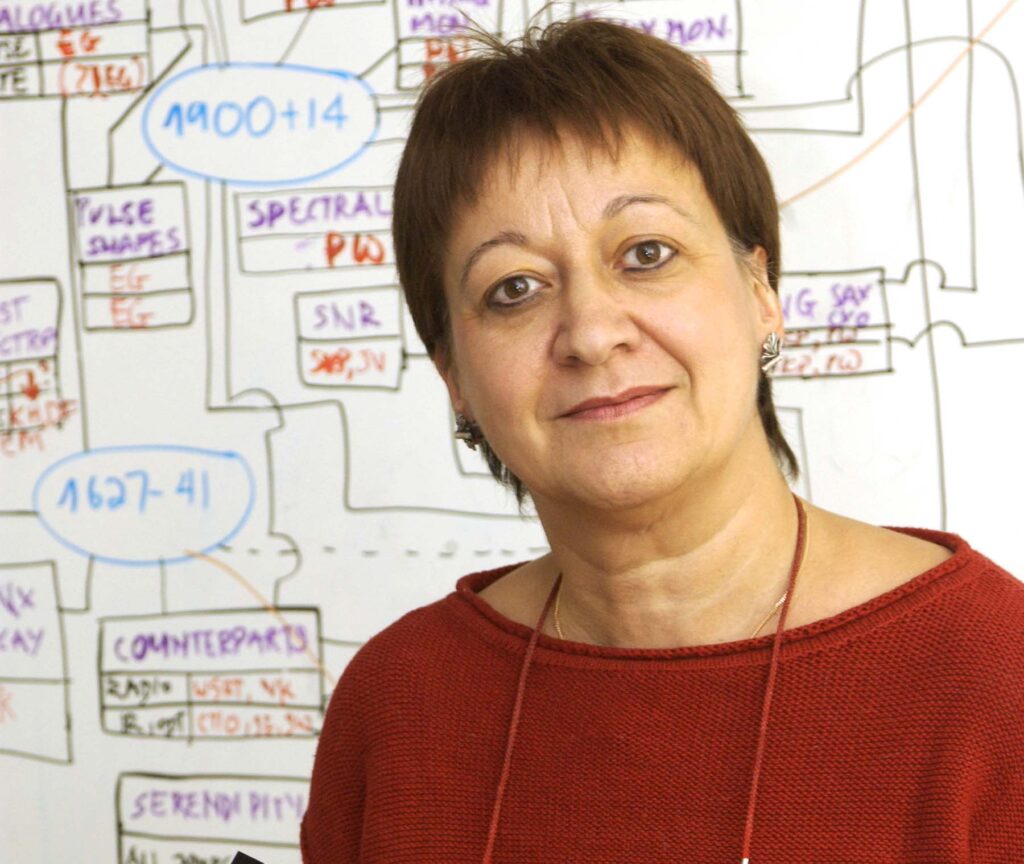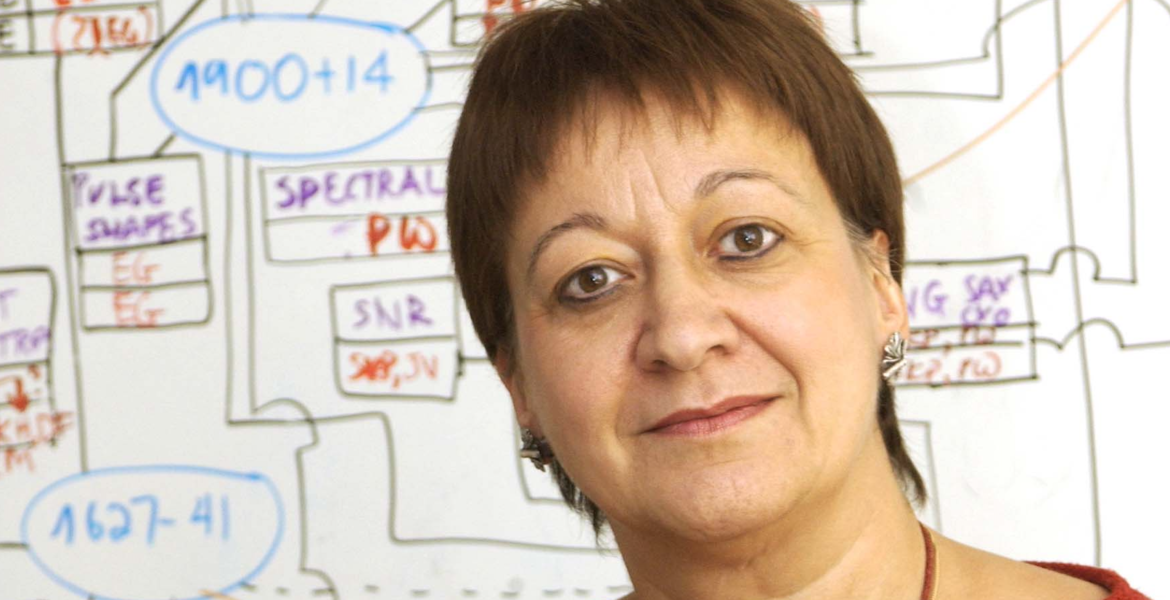
Two female astrophysicists have won the Shaw Prize in Astronomy this year, for their contribution to our understanding of magnetars, a class of highly magnetised neutron stars that are linked to a wide range of spectacular, transient astrophysical phenomena.
The prize is shared equally by Dr Chryssa Kouveliotou, Professor and Chair in the Department of Physics at George Washington University, USA and Victoria M. Kaspi, a Professor of Physics and Director of McGill Space Institute at McGill University in Canada.
Neutron stars are the ultra-compact remnants of stellar explosions. Most are rapidly rotating with periods of milli-seconds to seconds, and emit powerful beams of electromagnetic radiation (observed as pulsars). As such they are accurate “cosmic clocks” that enable tests of fundamental physics in the presence of a gravitational field many billion times stronger than that on Earth.
Through the development of new and precise observational techniques, Kaspi and Kouveliotou confirmed the existence of neutron stars with ultra-strong magnetic fields and characterised their physical properties. Their work has established magnetars as a new and important class of astrophysical objects.
Chryssa Kouveliotou was born in 1953 in Athens, Greece. She received her Bachelor’s degree in Physics from the National and Kapodistrian University of Athens, Greece in 1975, completed an MA in Science at the University of Sussex in 1977 and obtained a PhD in Astrophysics from the Technical University of Munich, Germany in 1981.
She was an Assistant Professor at the National and Kapodistrian University of Athens (1982–1994). She joined NASA Marshall Space Flight Center in 1991.
In 2015, she moved to George Washington University as Professor of Physics. She is a member of the US National Academy of Sciences, the American Academy of Arts and Sciences, the Royal Netherlands Academy of Art and Sciences and the Academy of Athens, Greece.

The research of Kaspi and Kouveliotou was motivated by the theoretical prediction (Duncan & Thompson 1992) that neutron stars with extreme magnetic fields up to a thousand times stronger than those in regular pulsars could form if dynamo action would be efficient during the first few seconds after gravitational collapse in the core of the supernova.
Such objects (termed “magnetars”) would be powered by their large reservoirs of magnetic energy, not rotation, and were predicted to produce highly-energetic bursts of gamma-rays through generation of highly energetic ionized particle pairs at their centres.
From observations of a class of X-ray/γ-ray sources called “soft gamma-ray repeaters” (SGRs) Chryssa Kouveliotou and her colleagues in 1998/99 established the existence of magnetars and provided a stunning confirmation of the magnetar model. By developing new techniques for pulse timing at X-ray wavelengths and applying these to data from the Rossi X-ray timing satellite (RXTE), Kouveliotou in 1998 was able to detect X-ray pulses with a period of 7.5 seconds within the persistent X-ray emission of SGR 1806-20.
She then measured a spin-down rate for the pulsar, and derived both the pulsar age and the dipolar magnetic field strength — which lay within the range of values predicted for magnetars, close to 1014 gauss (1010 T). The spin-down measurements were extremely challenging because of the faintness of the pulsed signal and the need to correct the rotation phase across multiple epochs.
Congratulations Kouveliotou and Kaspi!


